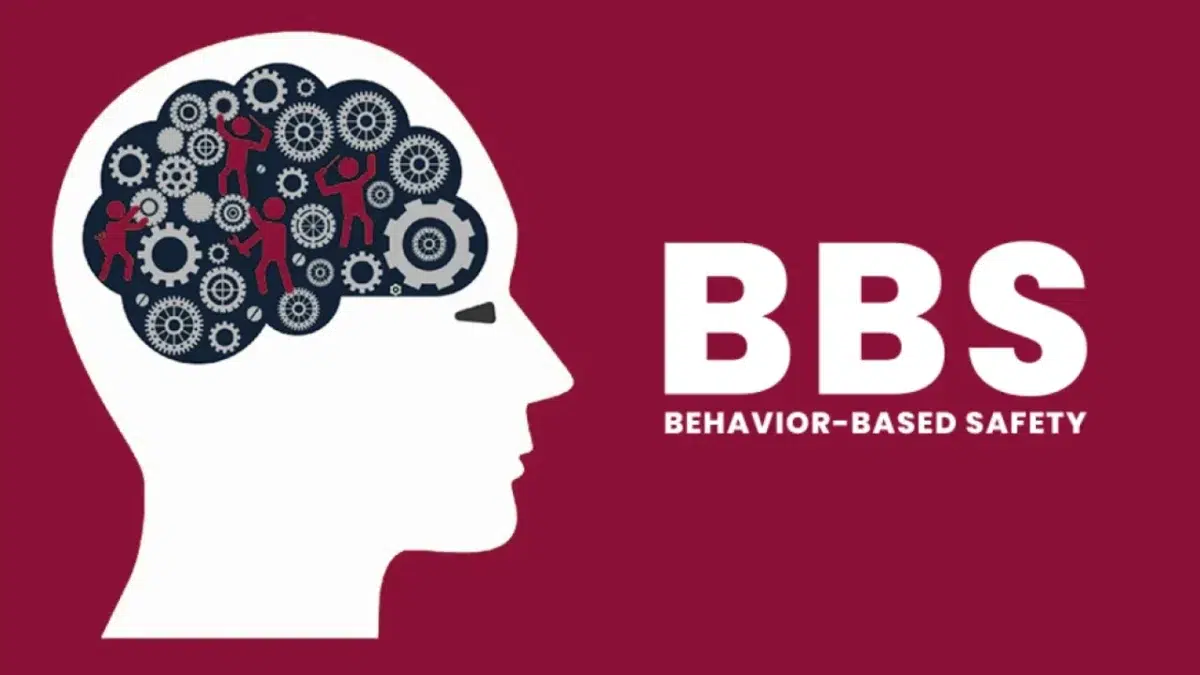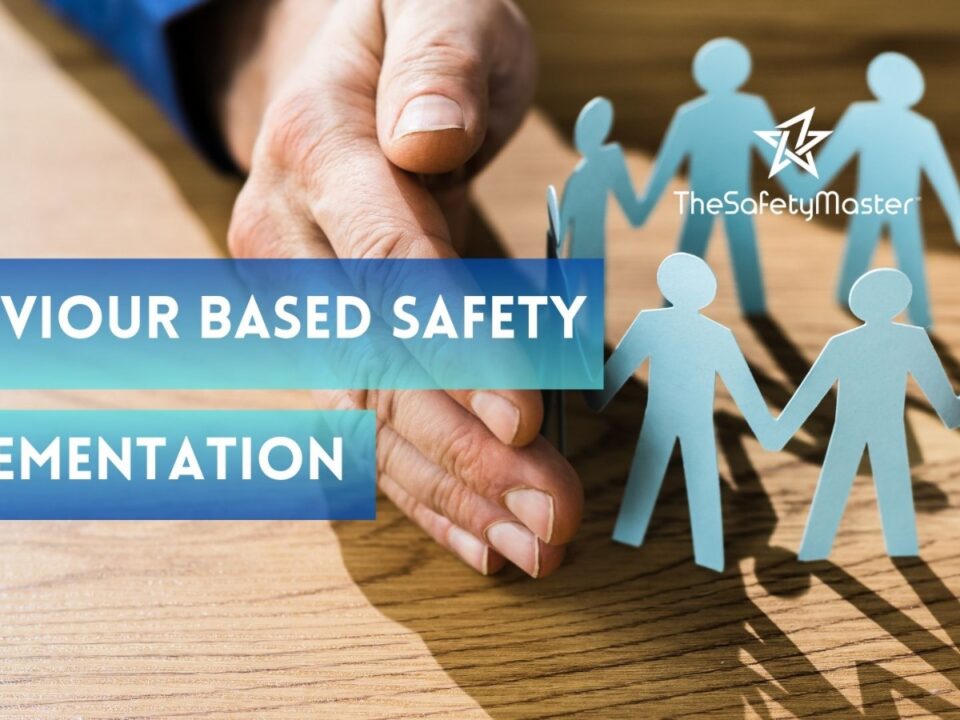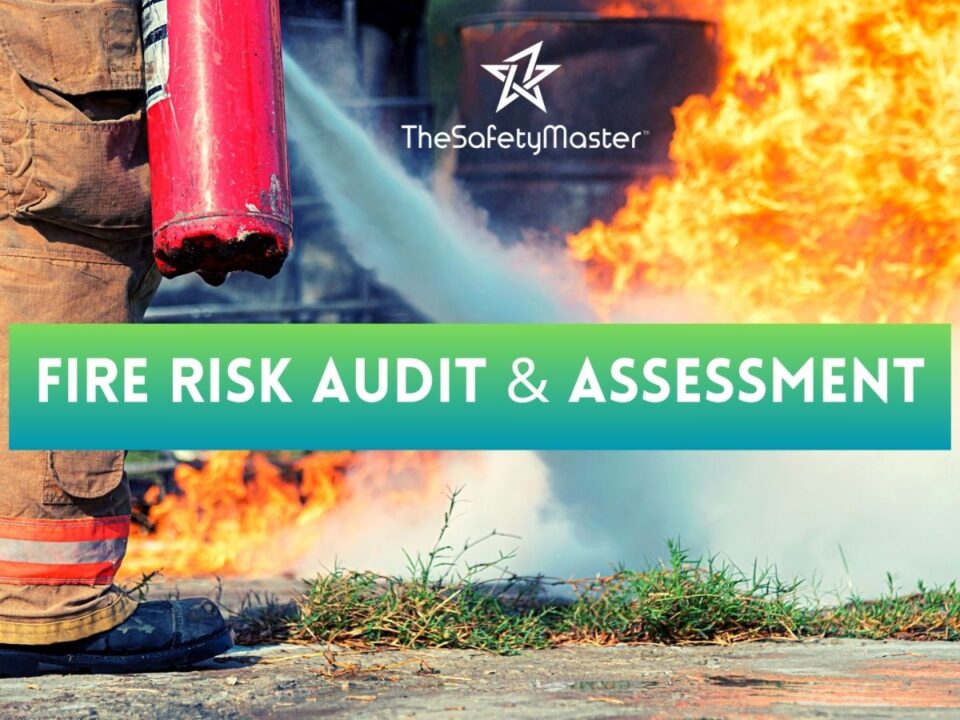7 Steps in Behavior-Based Safety (BBS) Process

Behavior-Based Safety (BBS) Training & Examples Guide
April 14, 2025Creating a safe and proactive workplace is not just about rules and equipment—it’s about people. Behavior-Based Safety (BBS) is a scientifically grounded approach that focuses on the observable actions of individuals and how these behaviors impact overall safety. A well-structured BBS safety process empowers organizations to reduce risks, encourage safe habits, and drive long-term change. In this article, we’ll explore the seven essential steps in the behavior-based safety process, supported by proven strategies and best practices in bbs training, behavior based safety training, and behavioral safety training.
Step 1: Identify Critical Behaviors
The first step in the BBS safety process is identifying behaviors that have a direct impact on safety outcomes. These are often tied to high-risk tasks or past incident reports. Rather than focusing solely on unsafe acts, BBS also encourages recognition of positive behaviors that prevent incidents.
Organizations often develop a checklist of critical behaviors based on site-specific risks. For example, behaviors like wearing PPE correctly, following lockout-tagout procedures, and proper lifting techniques are all critical actions in various industries. This list forms the foundation for future observations and interventions.
The input of a certified Safety Consultant can be invaluable in this phase, ensuring behaviors are aligned with industry standards and regulatory compliance.
Step 2: Define Safe and At-Risk Behaviors
Once critical behaviors are identified, it’s important to define what constitutes safe versus at-risk performance for each. This clarity eliminates ambiguity for both observers and workers.
For instance, in a manufacturing plant, “safe behavior” might involve using a machine guard at all times, whereas “at-risk behavior” could involve bypassing the guard for speed. Clearly defining these actions helps ensure that feedback is objective and actionable during observations, a core component of behavioral safety training.
At this stage, integrating standards from your Safety Audit or Fire Audit can also help align behavioral definitions with compliance metrics.
Step 3: Develop Observation Strategy
Behavior-based safety thrives on real-time observation. Developing a structured observation strategy is essential to gather consistent data on workplace behaviors. This involves selecting trained observers who will conduct peer-to-peer evaluations in a non-punitive way.
BBS training is critical here. Observers must be trained to:
- Recognize safe and unsafe behaviors without bias
- Record data systematically
- Offer respectful, constructive feedback
Effective behavior based safety training encourages observers to focus on habits rather than individual personalities. This ensures that safety conversations are viewed as collaborative rather than corrective.
Step 4: Conduct Observations
With your observation strategy in place, the next step is implementation. Observers begin performing routine or random checks, depending on the nature of work and risk involved. The key is consistency—frequent, brief observations are often more effective than infrequent, detailed ones.
Observers should be taught to:
- Use behavior checklists
- Avoid focusing on compliance alone
- Encourage dialogue with employees about safety actions
Observations should also be documented in a system that allows for long-term trend analysis. Over time, this data becomes a goldmine for shaping future bbs safety interventions and refining training programs.
Step 5: Provide Immediate Feedback
One of the core principles of behavior-based safety is that feedback should be immediate, specific, and constructive. After each observation, observers should engage in a brief discussion with the employee to reinforce what was done correctly or suggest safer alternatives for at-risk behaviors.
This is where soft skills matter. Behavioral safety training often includes modules on effective communication, empathy, and non-verbal cues to help observers build trust. The feedback process should avoid blame and instead focus on outcomes and improvement.
When implemented well, this step transforms safety from a top-down mandate into a collaborative culture.
Step 6: Analyze Data and Trends
Collected observation data should be regularly analyzed to identify patterns in behavior, both positive and negative. Safety managers and leadership teams can use this information to tailor interventions, modify training content, and target high-risk areas.
Visual dashboards and trend charts can help identify:
- Departments with frequent at-risk behaviors
- Times or shifts with increased unsafe acts
- Behaviors most resistant to change
Integrating this behavioral data with broader systems like Process Safety Management or a Hazop Study can further enhance your risk mitigation strategies.
This step ensures that bbs safety is not static—it evolves based on real-world data.
Step 7: Reinforce and Sustain Safe Behaviors
The final step in the BBS process is reinforcement. Safety culture doesn’t change overnight. It requires ongoing encouragement, recognition, and leadership support.
Some proven strategies include:
- Positive reinforcement: Recognize teams or individuals who consistently demonstrate safe behaviors.
- Refresher BBS training: Provide periodic updates and workshops to maintain observer competency and employee engagement.
- Leadership involvement: Managers should model safe behaviors and participate in observations to show commitment.
A sustainable behavior based approach transforms safety from a program into a shared value. Over time, organizations see improvements not just in injury rates, but in morale, communication, and productivity as well.
Final Thoughts
The seven steps in the behavior-based safety process are more than just a checklist—they represent a cultural shift in how safety is approached in modern workplaces. Through careful planning, bbs training, and engagement at all levels, companies can move beyond compliance to create environments where safety is ingrained in everyday behavior.
By focusing on real actions, real feedback, and real improvement, BBS empowers employees to become active participants in building a safer workplace. Whether you’re launching a new safety initiative or refining an existing one, embedding behavior based safety training and behavioral safety training into your safety strategy will deliver long-term benefits.
If you’re ready to begin or enhance your BBS journey, consult with an experienced Safety Consultant to tailor a system that suits your specific operations. A safer future starts with better behavior—one step at a time.




